The business cycle is an important concept to understand for investors. Periods of boom and collapse take place in the market. And there are different phases in the process.
The different phases of the business cycle have different characteristics when it comes to investment, credits, prices, and even wages.
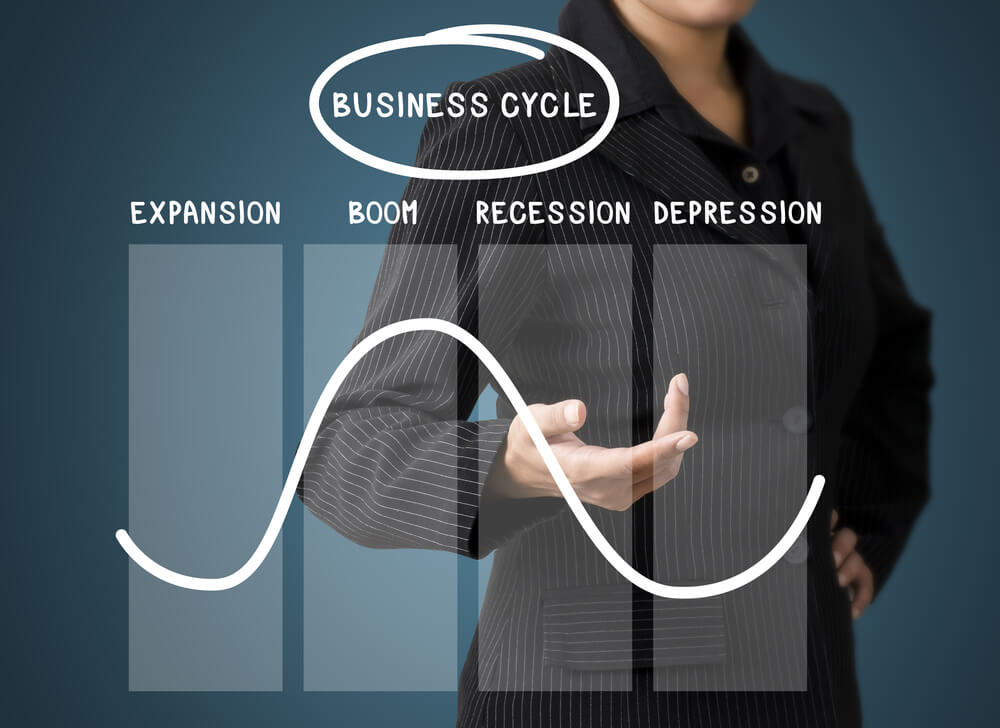
The four phases of the business cycle are:
- Expansion
- Peak
- Recession
- Trough
- Recovery
The two main occurrences in the business cycle are prosperity and depression. Let’s talk about each phase.
Phase 1: Expansion
During the expansion phase, we can witness rises in different factors, including production, wages, employment, output, supply, and demand.
Also, the prices of production and output rise up at the same time. Debtors have the firepower to repay their debts. As a result, creditors lend money with higher interest rates, spurring the flow of money.
And because of the investment opportunities, organizations or individuals use more of their funds for investing. This results in equal cash inflow and outflow. The expansion phase continues as long as the economic conditions are good.
Phase 2: Peak
The growth in the expansion phase slows down as it reaches the peak phase. As the name suggests, the peak phase is where the growth increase reaches its maximum potential.
The economic factors, like production, profit, and sales, are higher but they don’t move further. Demands for various products decrease because of the higher prices of input.
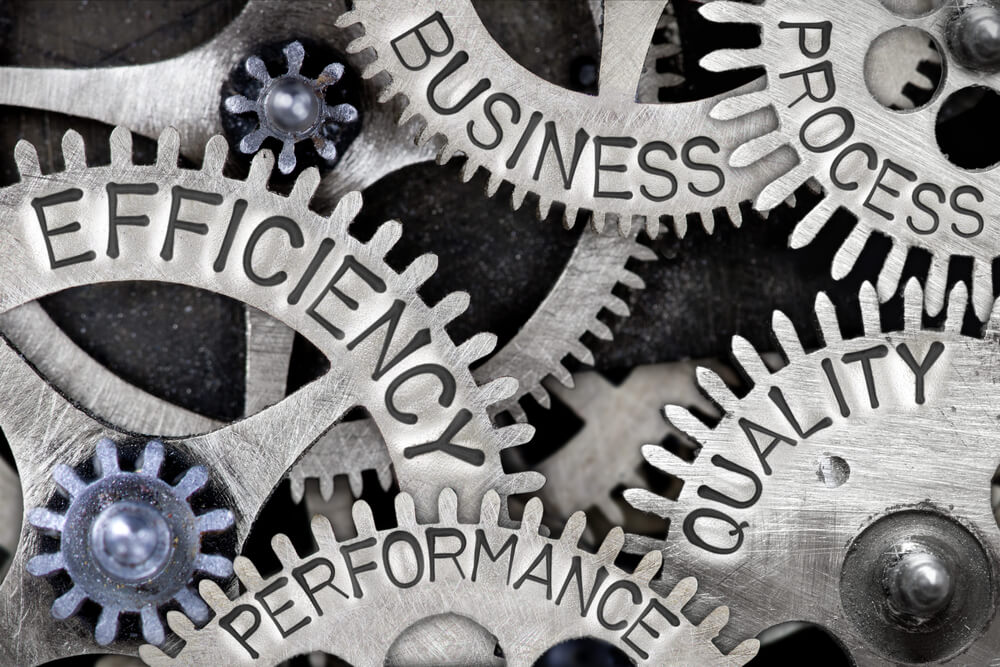
And with a higher cost of input comes higher prices of products, while wages remain the same. Consumers will have to change their budgets, leading to lower demand.
Phase 3: Recession
The decrease in demand during the peak continues. If the demand falls rapidly and steadily, the recession phase starts.
All economic factors like production, prices, and investments start plummeting. In general, producers are not aware of the lowering demand so they still produce goods. When this happens, the level of supply exceeds demand.
As it goes on, producers notice the surplus of the supply when the manufacturing costs are higher than the profits. At first, only a handful of industries notice this, and then it starts spreading across the board.
It starts off as a small fluctuation. Afterwards, producers notice a bigger problem. So they avoid further investments in labour, furniture, machinery, etc.
This leads to lower prices of factor, which results to the decline in demand, input, and output.
Phase 4: Trough
In this phase, the economic activities of a country fall below the normal level. The growth rate falls into negative territory. National income and expenditure plummet down.
Debtors find it difficult to pay off debts. Interest rates fall, while banks don’t lend money as much as before. As a result, banks need to address the issue of higher cash balances.
The economic output of the country slips down. Unemployment is higher. Investors don’t invest in the stock market anymore, and many firms leave industries. This is where the economy reaches its lowest level of sinking.
Phase 5: Recovery
Historically, the lowest level of shrinking also happens to be the time when negativism ends and positivism starts.
This then leads to a reversal of the business cycle. Individuals and companies develop an optimistic view of economic factors, like an investment, employment, and production. The recovery usually starts in the labour market.
Corporations start hiring individuals albeit limited. This marks the start of the recovery level. Consumers increase their rate of consumption and demand increases.
Banks use their cash balances by lowering rates and investing in securities and bonds. Private investors start investing in the stock market again. Security prices increase and interest rates fall.
Producers gain higher profits, continuing the recovery phase. Producers replace some lower-value capital goods while they retain others. This process continues, pushing the economy into another business cycle.

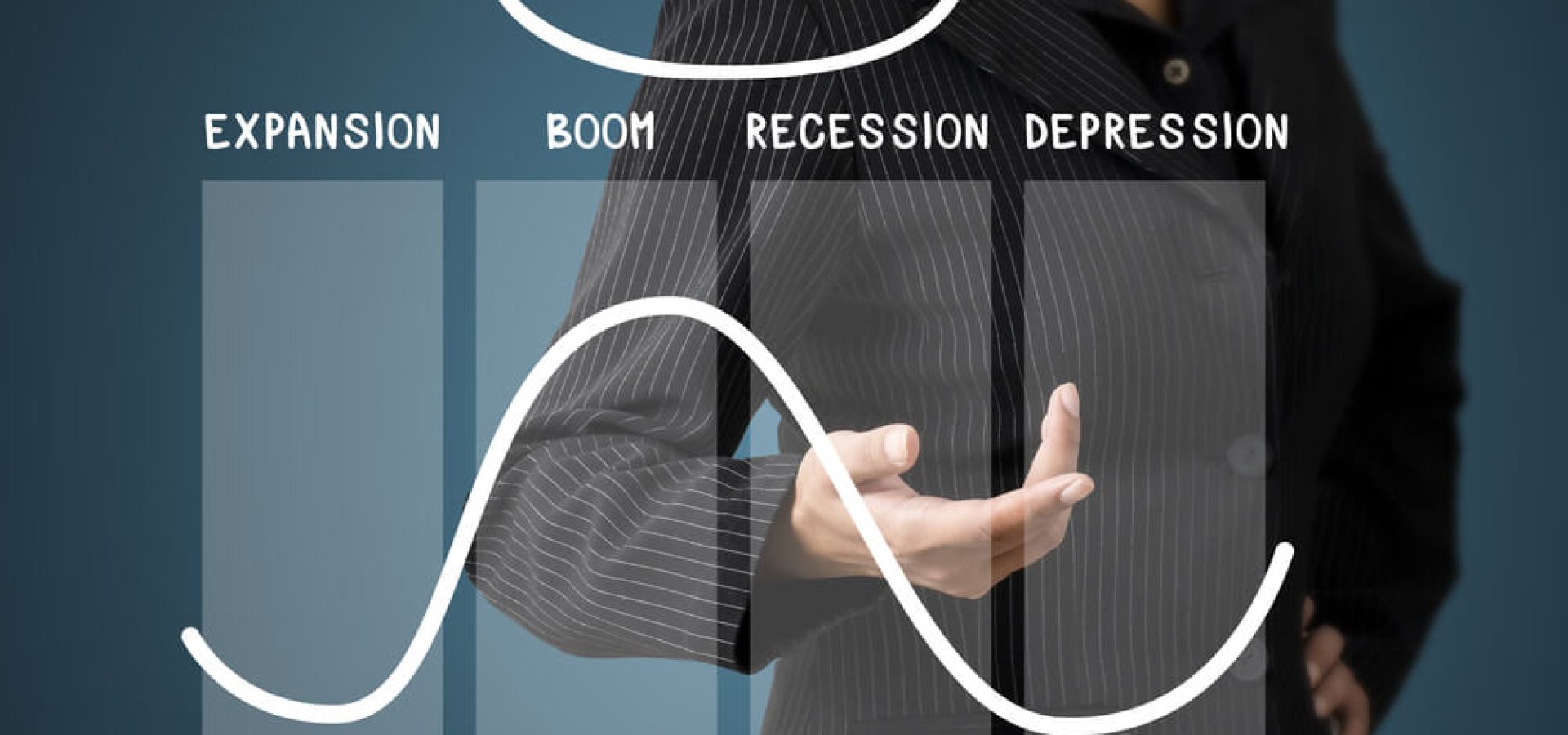

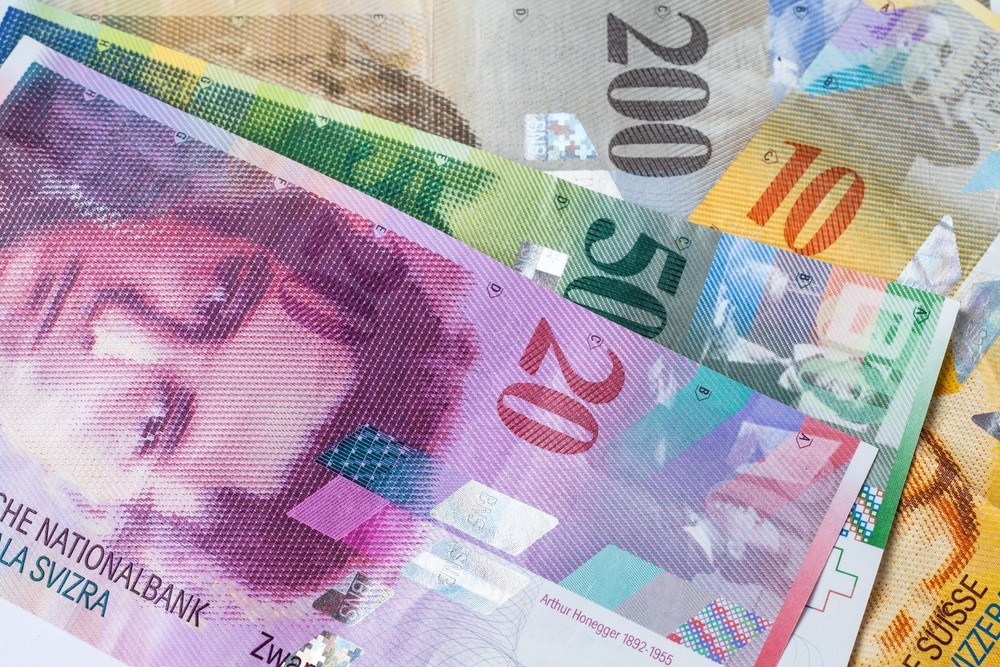
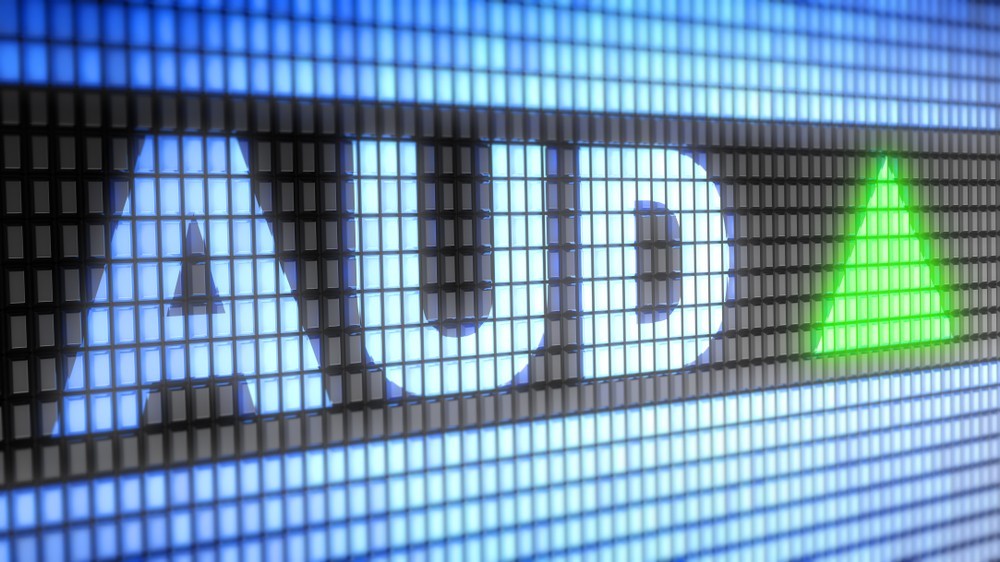



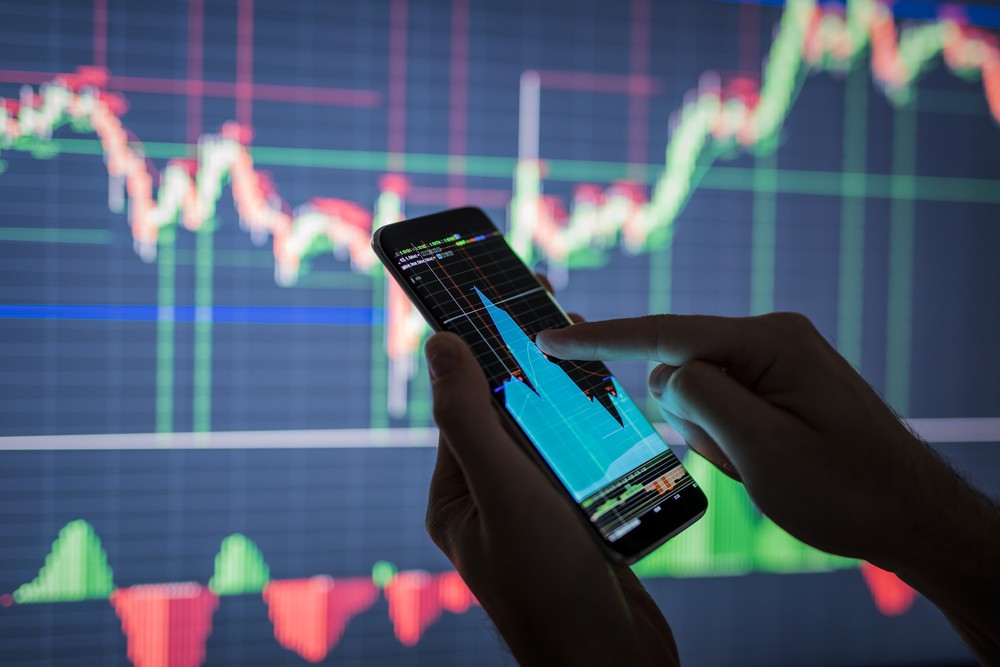

COMMENTS